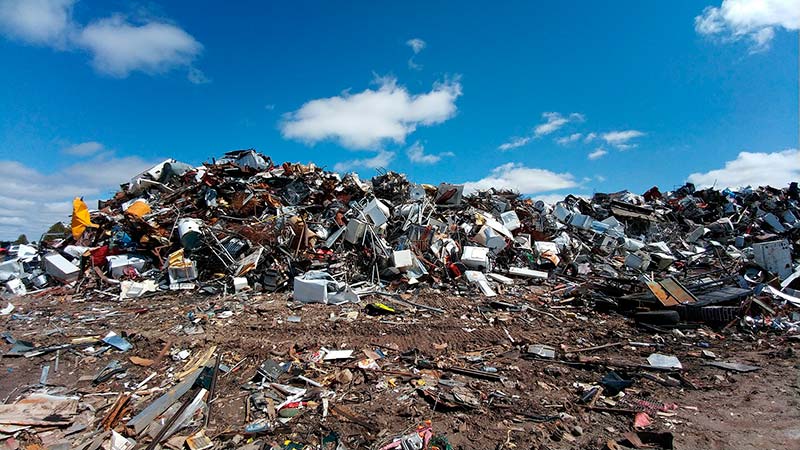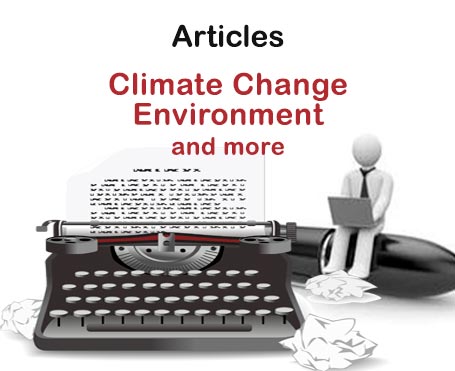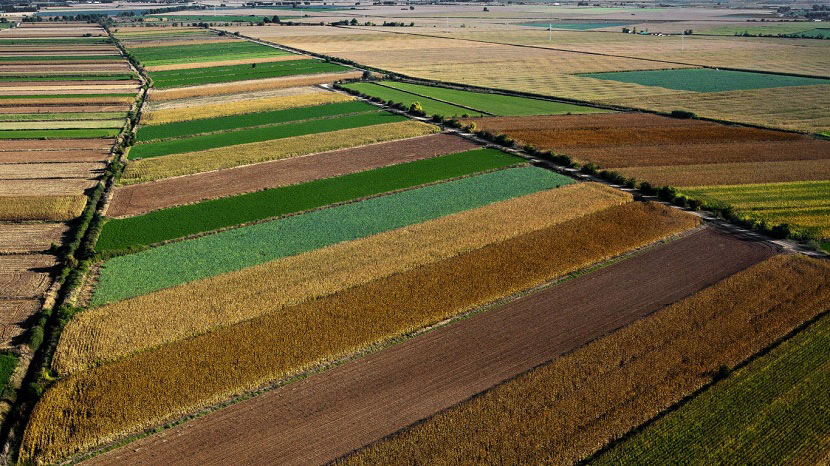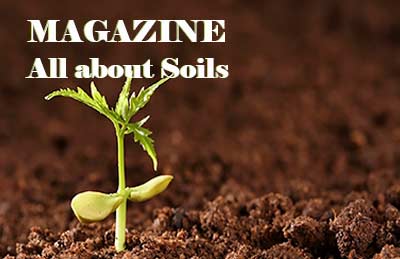FAQs about Soils Pollution and Degradation

8. Are soils dangerous because of the increase in global warming?
FAQs about Pollution and degradation of soils
1. What is soil pollution?
2. What is the degradation of soils?
3. Is soil the most important component of the environment?
4. What are the main contaminants in the soil?
5. What are the consequences of soil contamination?
6. Is garbage one of the main soil pollutants?
7. How are soils affected by climate change?
8. Are soils dangerous because of the increase in global warming?
9. Do agriculture and livestock in the soil have an environmental impact?
10. Is sustainable development the solution to protect the soil?
Other sections of Soils Pollution and Degradation

The soils pollution
The soil is the surface of the earth’s crust that covers a large part of the continents and islands of the world. It has been formed thanks to the action of abiotic and biotic components for hundreds of millions of years by the mechanical dissolution of rocks, the incorporation of particles and substances from air and water, but above all by the installation of living beings in the planet, almost from its beginnings and especially in the last 600 million years…

Origin, importance and degradation of soils
The origin of soils is closely related to the formation of the earth’s crust. After the cooling and hardening of the Earth’s surface, a process that lasted hundreds of millions of years, soils emerged. Its formation involved the mechanical dissolution of rocks, the incorporation of particles and substances from air and water, but above all the installation of living beings on the planet, almost from the beginning. Soils are mostly biologically active.
You can also see it in…
Infographics

Photo Gallery.

Video Gallery



